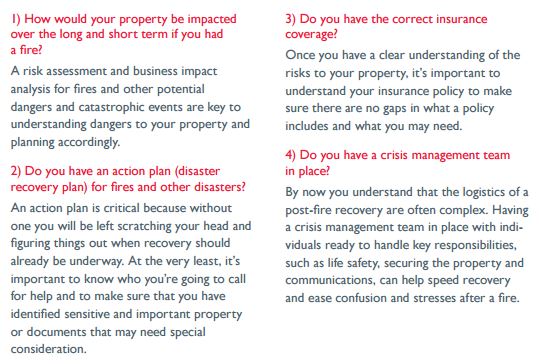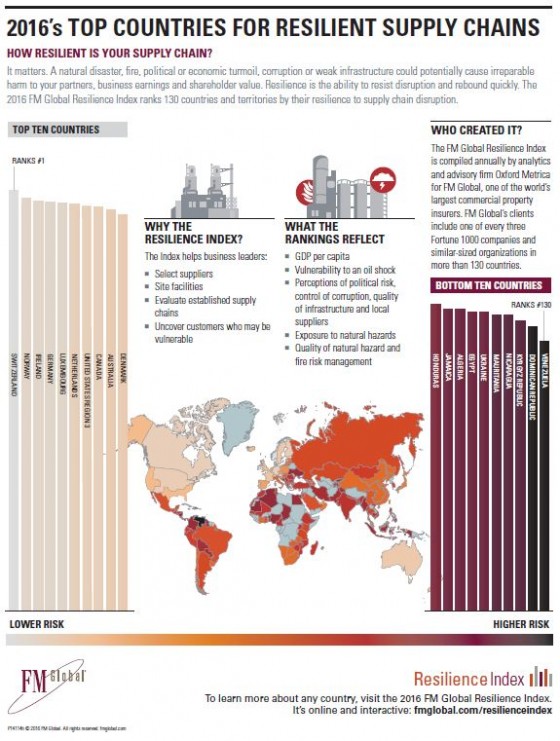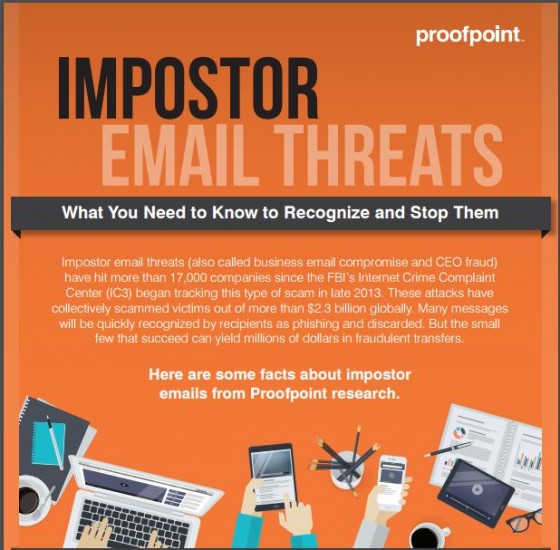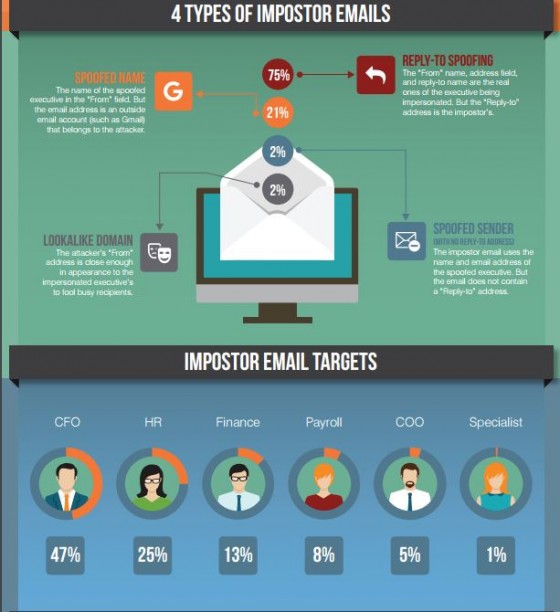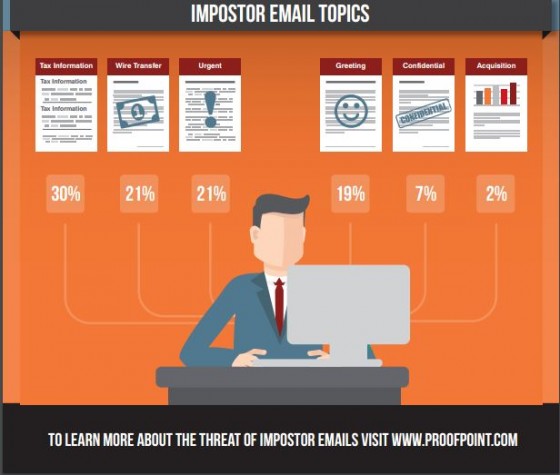The composite rate for commercial insurance placed in the United States rose to minus 1% in June from minus 2% in May, according to MarketScout. One of the most significant changes was rates for transportation accounts, which moved from minus 2% to plus 1%. Rates for every industry class, except habitation and transportation, moderated by 1%. Habitational rates were unchanged at minus 2%.
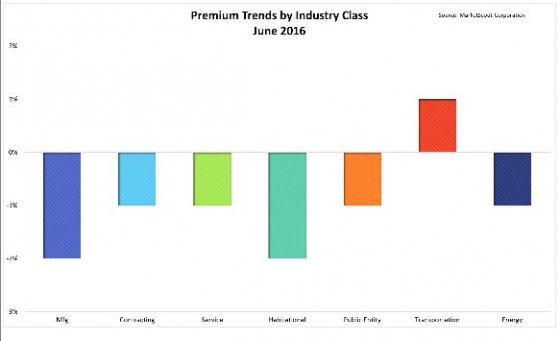
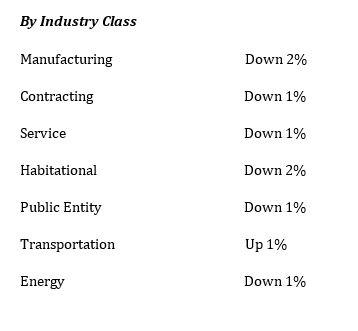
“Insurers are getting tired of cutting rates,” said Richard Kerr, chief executive officer of MarketScout. “There are still pockets of very competitive business; however, it is beginning to look like insurers are willing to maintain the rate reductions of the past few years and not cut rates even further.
”
Coverage classifications business owners policies (BOP), umbrella and professional liability all moderated by 1%, compared to the prior month. EPLI rates were up 1% and commercial auto rates moved from flat to plus 2%.
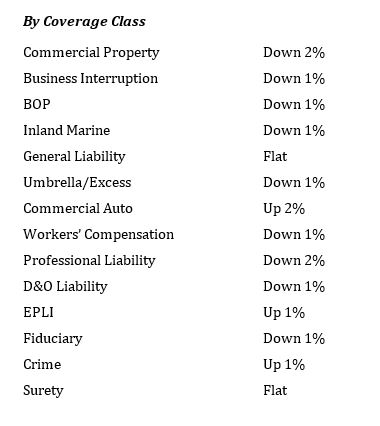
By account size, medium (,001 to 0,000) and large (0,001 to ,000,000) accounts moderated to minus 1% and 2% respectively.
Rates remained the same for all other account sizes.
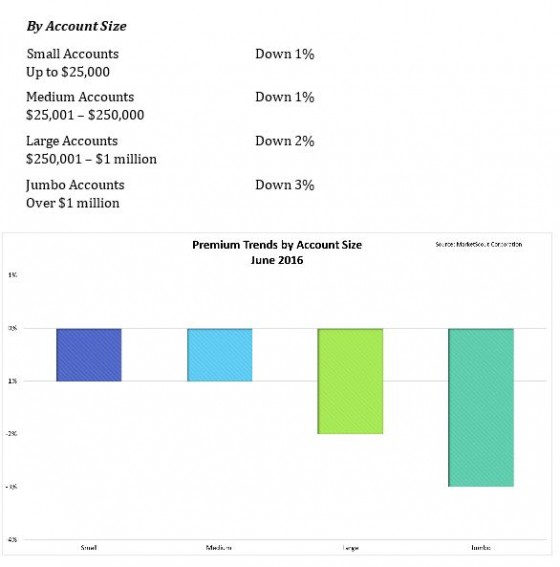

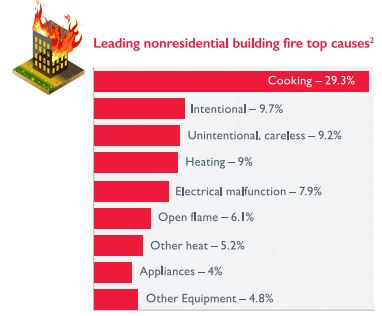
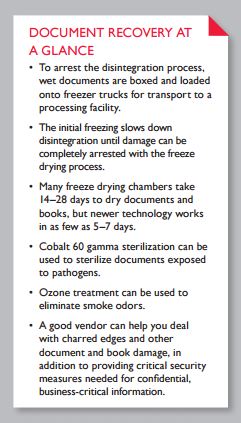 stems; they may have flooding from sprinklers, which, mixed with soot, can cause other complications; there may be smoke damage, which can by carried throughout a building through air conditioning systems; and there can be chemical residue from fire suppression systems.
stems; they may have flooding from sprinklers, which, mixed with soot, can cause other complications; there may be smoke damage, which can by carried throughout a building through air conditioning systems; and there can be chemical residue from fire suppression systems.